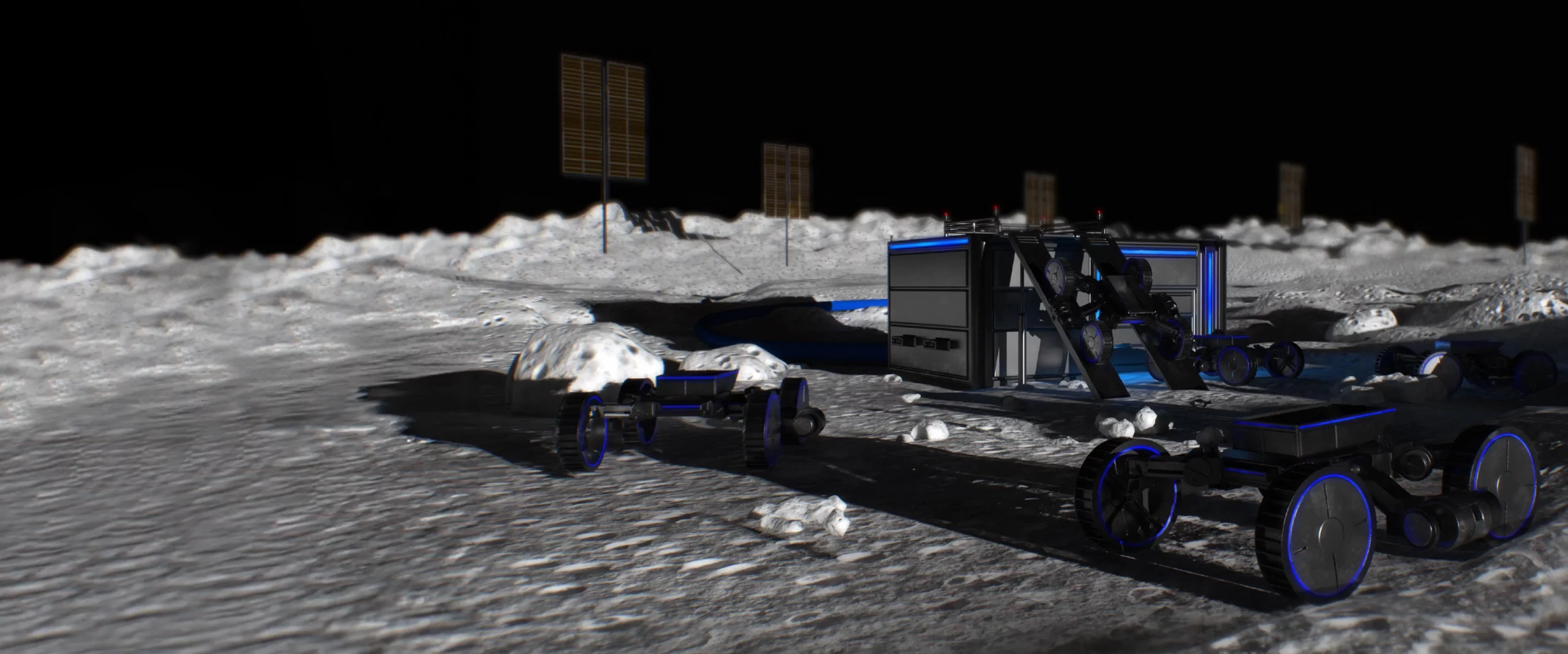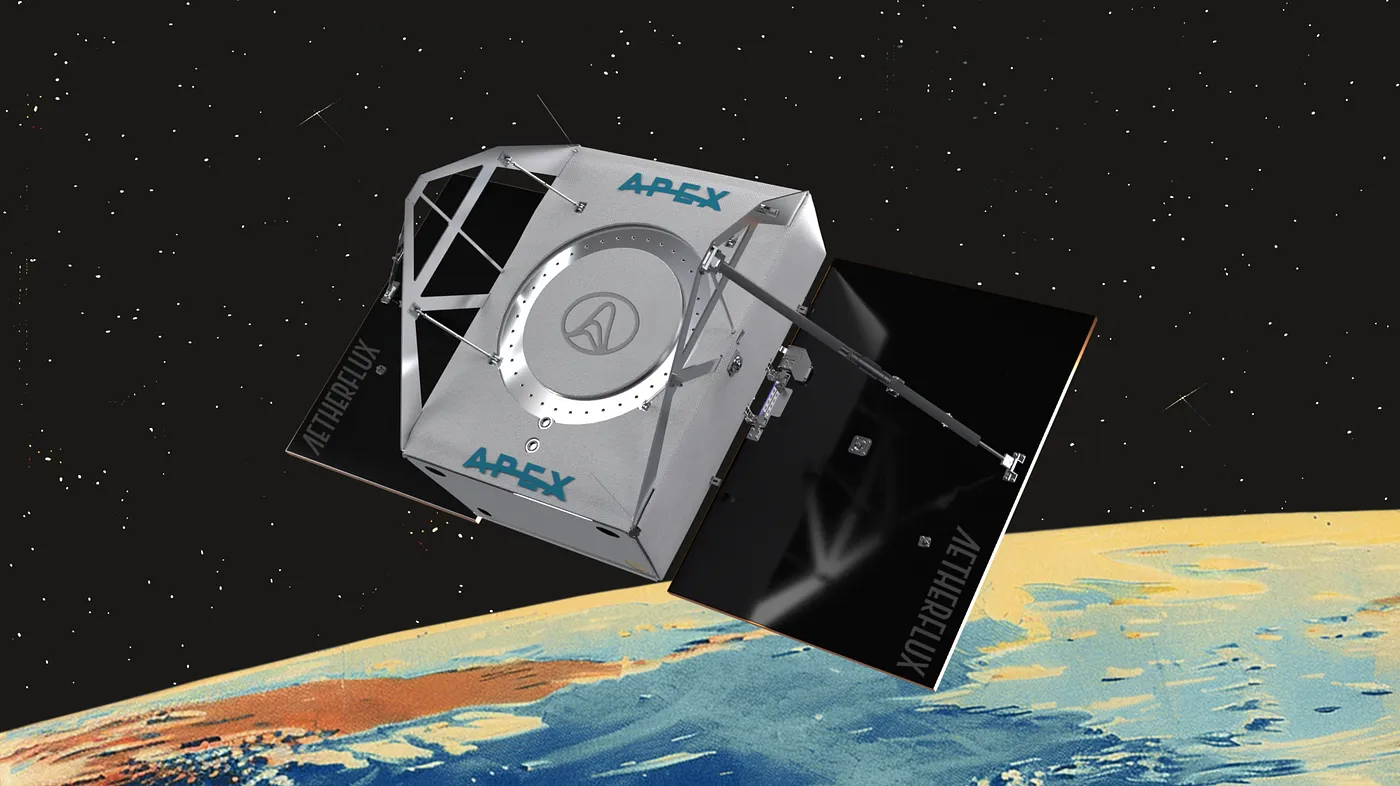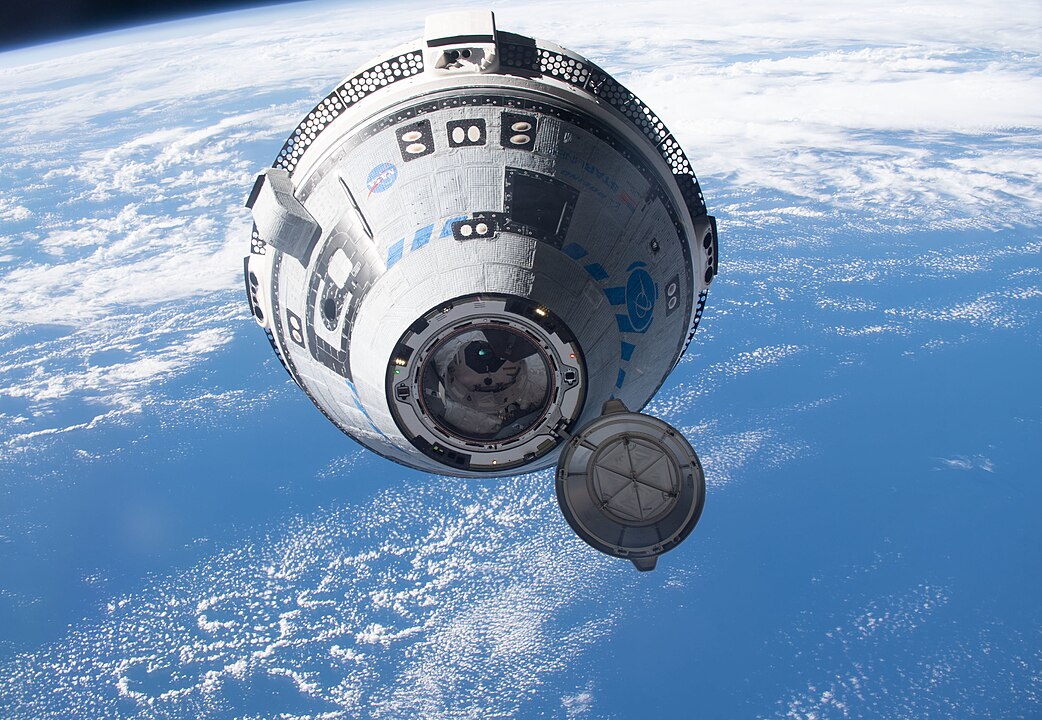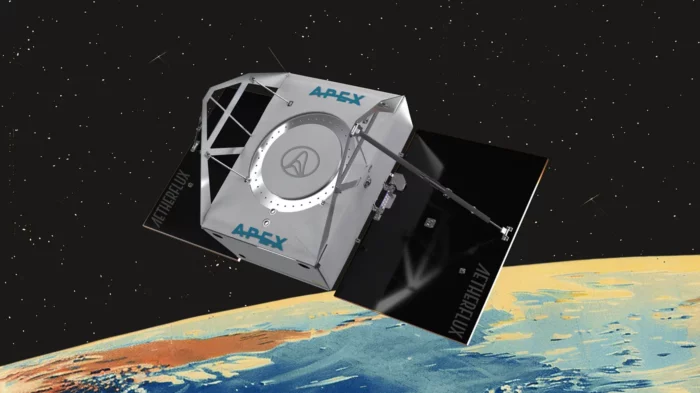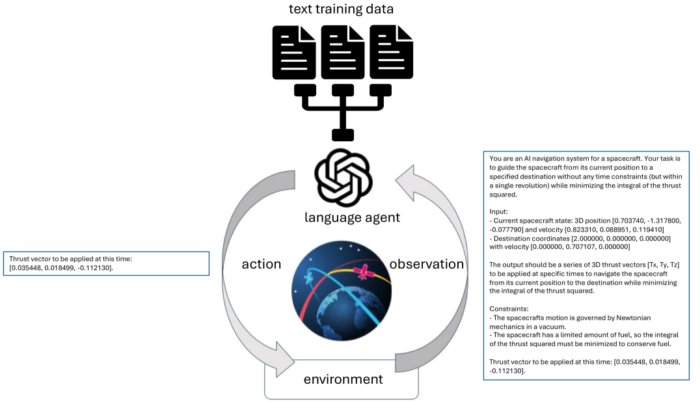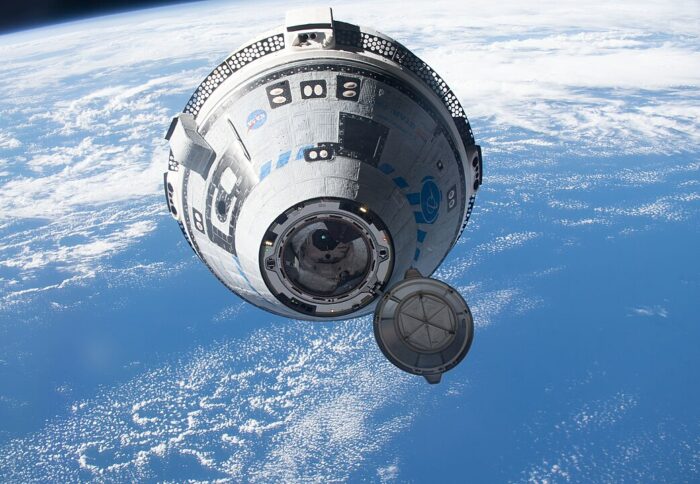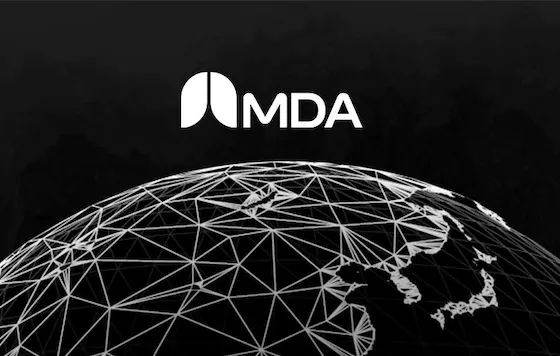Insider Brief
- Starpath Robotics has secured a $12 million seed round led by 8VC and Fusion Fund, with participation from Day One Ventures, Balerion Space, and Indicator Ventures.
- This funding will propel the company’s efforts to establish a lunar liquid oxygen (LOX) production system.
- Starpath plans to conduct a full-scale demonstration of its system in a simulated lunar environment with the goal to harvest approximately 100 tons of LOX per year.
Starpath Robotics, an emerging player in the space technology sector, reportedly secured a $12 million seed round led by 8VC and Fusion Fund, with participation from Day One Ventures, Balerion Space, and Indicator Ventures. This funding will propel the company’s efforts to establish a lunar liquid oxygen (LOX) production system, a critical component for supporting human activities on the Moon.
Founded with the vision of harnessing lunar resources, Starpath Robotics aims to produce LOX from lunar water ice, which is vital for rocket propellant. The startup’s technology involves a network of mining rovers, autonomous processing plants, and LOX storage systems, all powered by solar energy. The solar array, developed in collaboration with Solestial, will drive the entire operation.
The company’s approach includes significant advancements in mining rover technology. Initially, Starpath estimated the need for 50 rovers to achieve an annual production scale of 1,000 tons of LOX. However, recent developments in rover design have reduced this requirement, making the system more efficient. NASA has supported this progress with $800,000 in grants through the Break the Ice challenge.

While there are still hurdles to overcome, such as refining the transportation and loading of LOX to lunar vehicles, Starpath is making strides in addressing these challenges. The company is repurposing its rovers to transport cryogenic propellant tanks and is developing specialized refueling instruments tailored to customer needs.
With contracts for lunar missions from SpaceX and Blue Origin, Starpath anticipates significant demand for its LOX production. Starship, SpaceX’s lunar lander, could consume between 100-300 tons of oxygen per flight, while Blue Origin’s Blue Moon lander would require tens of tons per flight. Starpath’s projected production capacity of 1,000 tons of LOX per year could meet these needs, ensuring reliable refueling options for lunar missions.
In the near term, Starpath plans to conduct a full-scale demonstration of its system in a simulated lunar environment. The goal is to harvest approximately 100 tons of LOX per year, a milestone that could mark a significant step toward sustainable lunar exploration. The company also envisions expanding its technology to Mars, where similar systems could convert CO2 into methane, further advancing human presence in the solar system.
As Starpath Robotics expands its team and refines its technology, the company is positioning itself at the forefront of lunar resource utilization, with broader ambitions that extend beyond the Moon.
Image credit: Starpath Robotics
Share this article:

